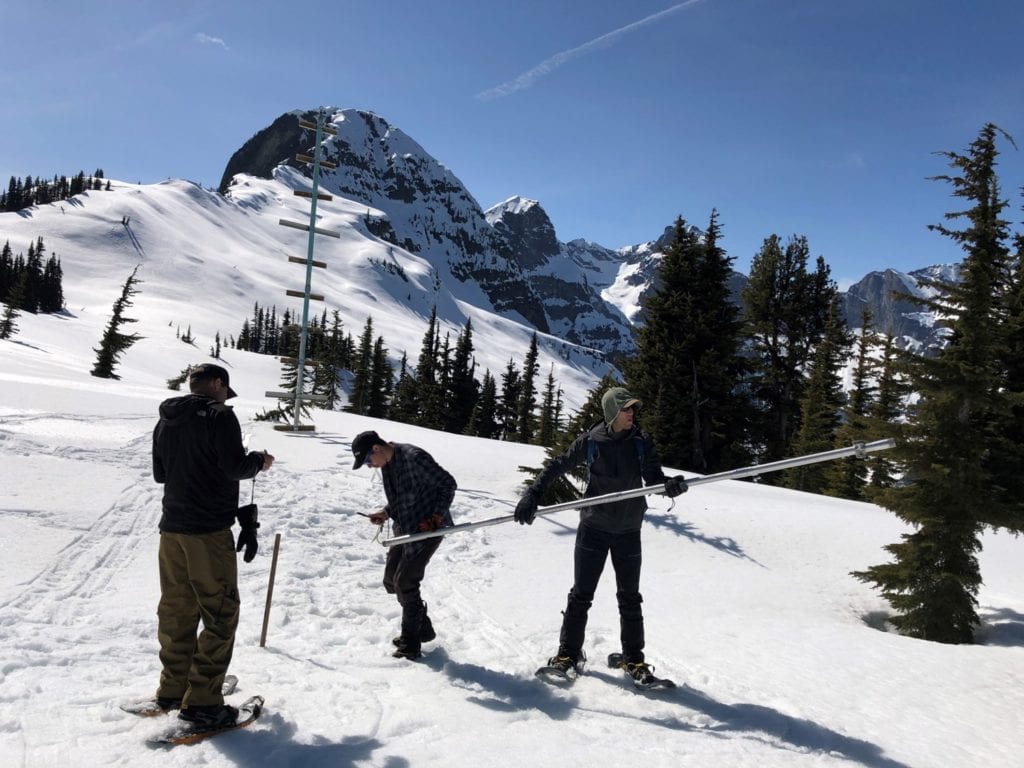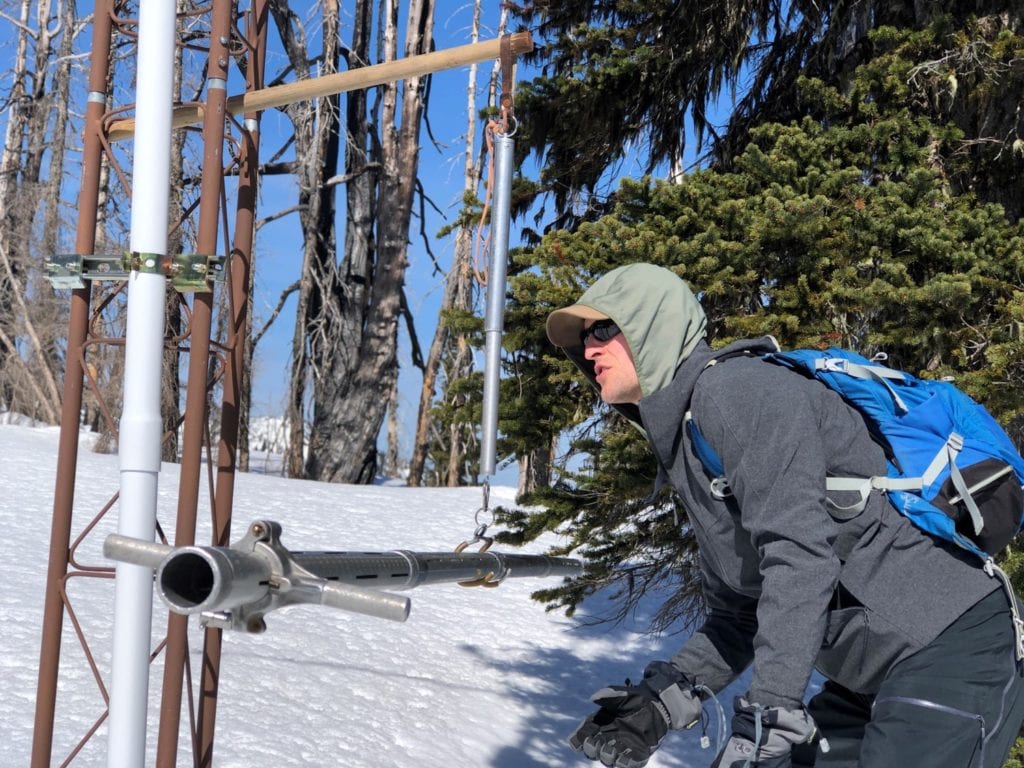
The expansive Cascade Range serves as a backdrop throughout the Western U.S. With its iconic peaks piercing the sky; it’s no wonder that travelers from across the world visit the range each year. But the Cascade Range, specifically the North Cascades and the Canadian Cascades, is also vital to the success of Seattle City Light and its production of clean hydropower.
Each spring, the range’s melted snowpack, or runoff flows down into a system of reservoirs that power the utility’s Skagit Hydroelectric Project. City Light monitors the water levels closely to ensure that the project operates at full capacity while meeting specific reservoir-level requirements under its federal license. These water levels are essential for flood control, the protection of salmon spawning habitats, recreation and energy production.
This delicate balance requires precise planning and forecasting by City Light and its partners to keep the environment safe and the generators running. Part of this planning requires helicopters, warm clothes and snow…lots of snow.

To prepare for the anticipated spring runoff, City Light partners with the USDA’s Natural Resource Conservation Service to make the excursion to multiple peaks and passes at varying elevations across the Cascade Range throughout northern Washington and southern British Columbia to measure the level of the snowpack, a practice dating back to the 1930s. The surveyors aim to reach the locations via helicopter, some as high up as 6,000’ starting during the last week of December, monthly through the last week of April, weather permitting. Using a large aluminum tube, the teams take snow samples deep through the snowpack until they hit the solid ground below the snowpack. They then extract the tube sample out of the snowpack and weigh the tube. The weight of the snowpack in the tube is recorded and City Light then converts that into the forecasted water runoff. All told, the teams collect samples during five ends of the month studies, including locations in British Columbia since 40% of the Skagit Hydroelectric Project’s drainage area is in British Columbia. (Historically, only approximately 25% of the runoff volume comes from across the border.)
Ole Kjosnes, City Light’s senior power analyst, has spearheaded the testing on behalf of the utility for decades. For him, this work is not only a keystone to the success of City Light, it also helps the utility prepare for possible challenges in the future.
“We’ve noticed that the runoff is happening earlier than in the past, so we have to prepare for the runoff to meet our needs. Overall, there was more snow in the 50s through 80s compared to the last 20 years. If that trend continues, we will need to adapt.
Above all, the snowpack study determines how we operate the entire system. You can’t operate our system without it.”